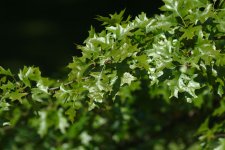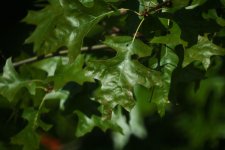yornotelppa
Member
I come hat in hand for any advice and direction you might give me. I know little or nothing about using a telescope for digiscoping but have the following old telescope
Meade ETX series (no specific model marked on the bottom)
D=90mm F=1250 f/13.8
Just picked up a Canon A590 on clearance sale
I've tried searching within this forum for any direction on the use of this telescope with any camera (I also own a Nikon D70) or specifically with the A590 but haven't had any luck.
Any direction on just getting the necessary components to couple them together would be very much appreciated.
Meade ETX series (no specific model marked on the bottom)
D=90mm F=1250 f/13.8
Just picked up a Canon A590 on clearance sale
I've tried searching within this forum for any direction on the use of this telescope with any camera (I also own a Nikon D70) or specifically with the A590 but haven't had any luck.
Any direction on just getting the necessary components to couple them together would be very much appreciated.





